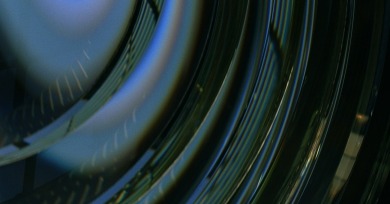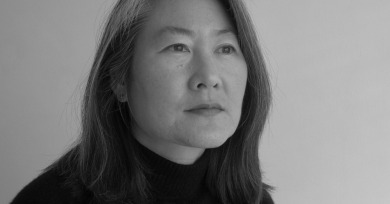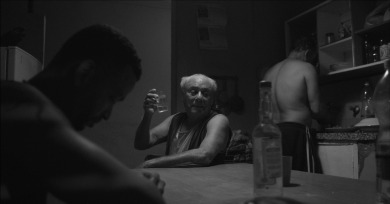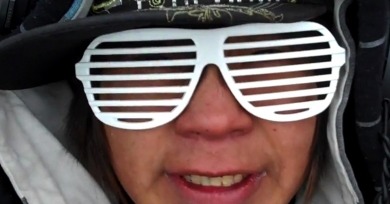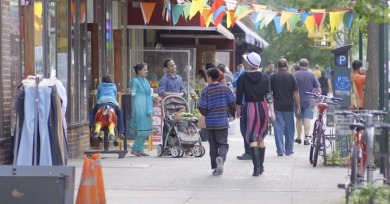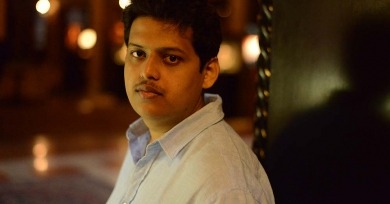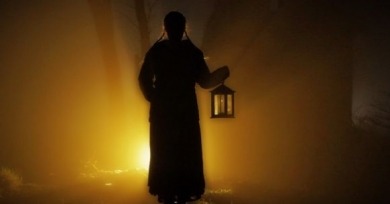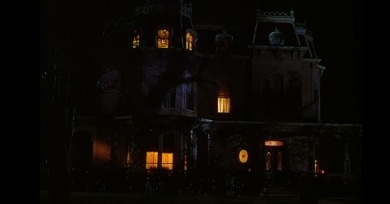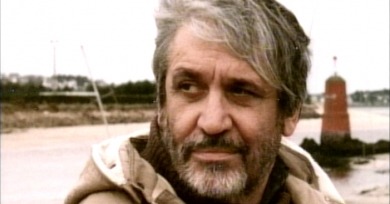Features
Kämmerer has, over ten years and as many films, established himself as one of Europe’s most exciting and formally economic young filmmakers.
"The film is never going to be transferred to digital. It always has to be shown as film, and it was constructed as a palindrome, so it could be shown from either end, and you can’t really do that with digital."
This mournful film takes the utopian aspiration of Communist dreams seriously, without overlooking the dangerous faults at their core.
"All the shots in my films are always the same, but they are different from one film to the other. In this film I did not want it to be too long. They are about fifteen seconds. It is the minimum. I cannot make this film with shots of less than fifteen seconds."
Years in Review
Me and Earl and the Dying Girl, Youth, Son of Saul, Kingsman: The Secret Service, Sicario, Goodnight Mommy, Mommy, The Overnight, The Tribe, Legend, Jenny’s Wedding
Often the idea of the avant-garde implies a somewhat detached, contemplative mode of viewing, and this aesthetic stance is kilometers away from Gagnon’s bailiwick. Of the North seems to invite rubbernecking more than any conventional audienceship.
Years in Review
In Jackson Heights, Carol, The Assassin, Clouds of Sils Maria, Timbuktu, Hard to Be a God, Arabian Nights, The Look of Silence, Eastern Boys, Horse Money
This elegiac essay-portrait is unexpectedly timely; it concerns Portuguese cinema and its uncanny position between life and death, past and future. Its subject is a legendary film scholar, programmer, and longtime head of Cinemateca Portuguesa.
“I am not a political commentator. But as an artist, I feel that the authorities must allow dissent. There has to be a space for protest in society. There has to be freedom of expressing our disapproval of the state of things as well. This right cannot be taken away from the people.”
A Few Great Pumpkins
The Witch, The Hound of the Baskervilles, In the Mouth of Madness/Hair, Ringu, The Visit, Nosferatu the Vampyre, Carrie
Halloween is our most cinematic holiday; for a few hours in the dark, it turns our everyday world into a surreal, upside-down place. In this short film we go trick or treating with some of the Halloweens that have haunted our collective movie dreams.
Pialat’s quest was to seek out something more artistically valuable and emotionally direct: a cinema of genuine immediacy and truth, a cinema from which fragments of real life could erupt from the screen, where moments could simply exist, freed from the yoke of their context or origins.
Akerman was a Belgian filmmaker transplanted to New York when she made News from Home, yet she communicated something very close to exactly what I felt and continue to feel as a Staten Islander.
The troubled history and equally troubling current events are present at every turn. Last year the festival was canceled when over 100,000 refugees from Syria and other parts of Iraq flooded into Duhok.
